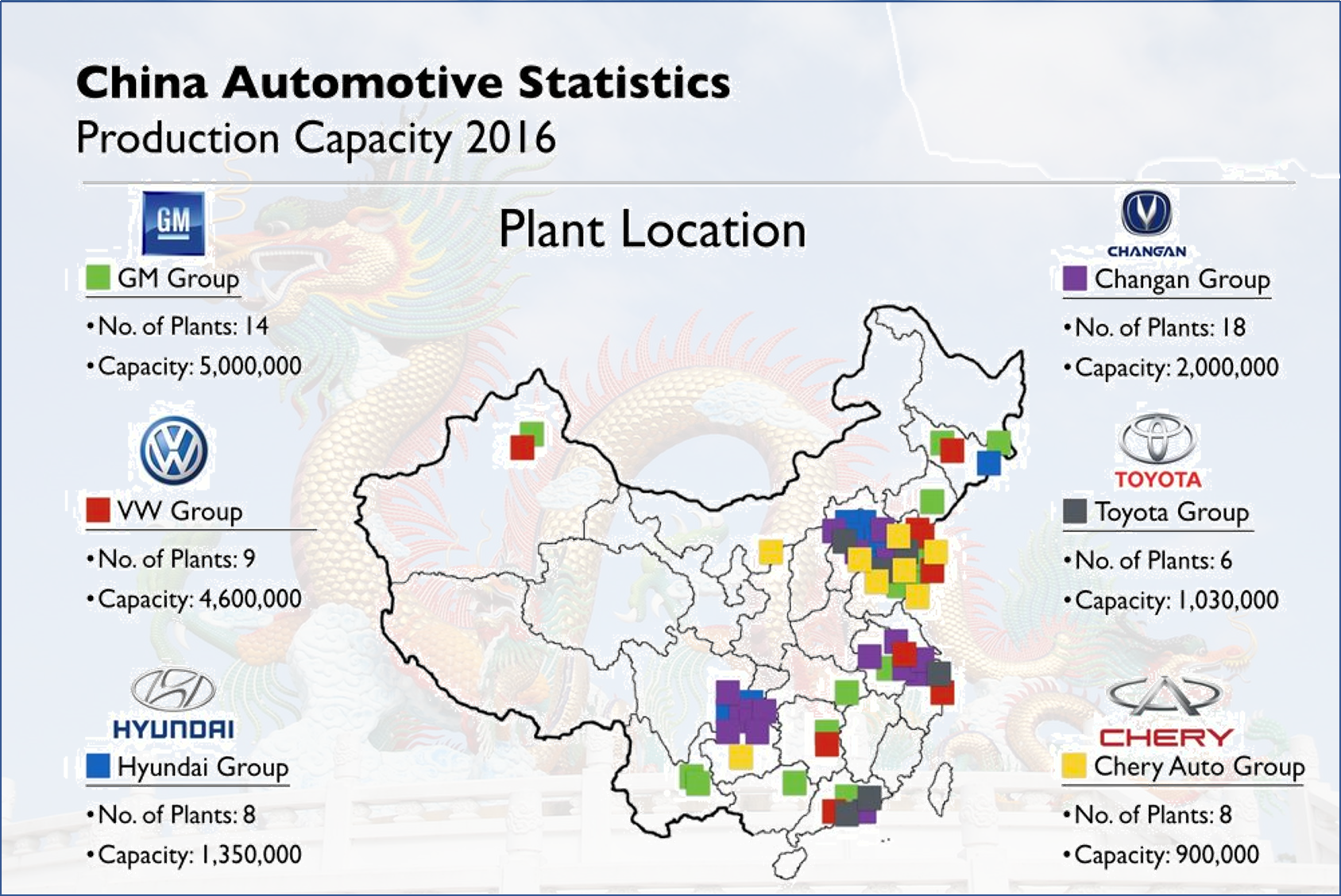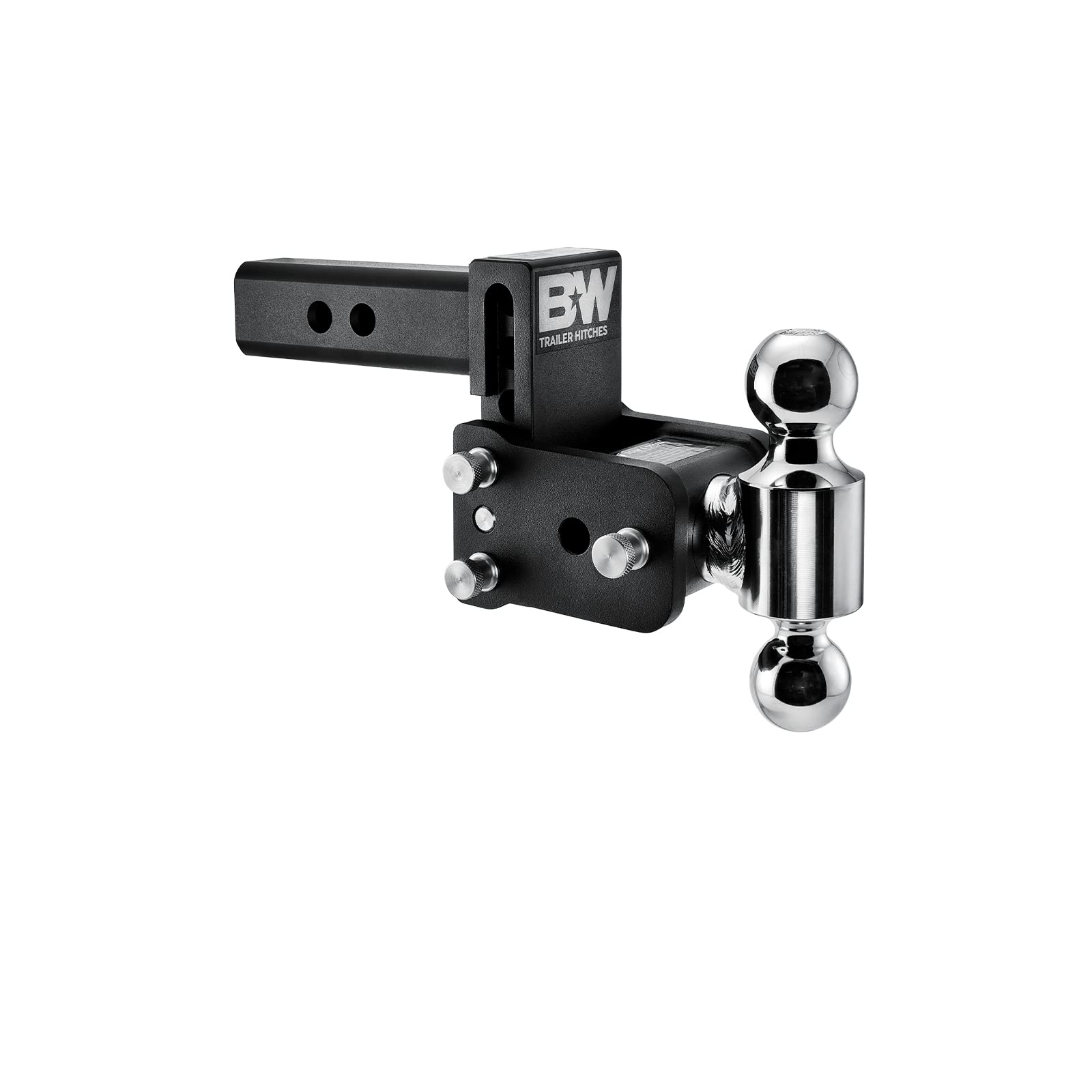The Chinese Auto Market: Challenges And Opportunities For Luxury Brands Like BMW And Porsche

Table of Contents
Challenges Facing Luxury Automakers in China
The Chinese luxury car market, while lucrative, is far from easy to conquer. Several significant hurdles stand in the way of consistent growth for international players.
Intense Competition
The Chinese auto market is a battleground for both domestic and international giants. Established players like BMW and Porsche face stiff competition from various fronts:
- Domestic Brands: Rapidly rising domestic brands like BYD, Hongqi, and NIO are increasingly challenging the dominance of established luxury players with technologically advanced, competitively priced vehicles. Their strong understanding of the local market and consumer preferences gives them a significant advantage.
- International Competitors: Mercedes-Benz, Audi, and other global luxury brands are also vying for market share, leading to intense price wars and a constant need for product differentiation. This requires luxury brands to constantly innovate and offer unique value propositions.
- Electric Vehicle Surge: The rising popularity of electric vehicles (EVs) is transforming the luxury segment. Chinese consumers are increasingly embracing EVs, pushing established brands to accelerate their electrification strategies to remain competitive. This necessitates substantial investment in R&D and infrastructure.
Government Regulations and Policies
Navigating the Chinese regulatory landscape is a crucial aspect of success in the automotive sector. Numerous regulations impact luxury car sales and operations:
- Import Tariffs: High import tariffs increase the cost of imported vehicles, impacting profitability and competitiveness.
- Emission Standards: Stringent emission standards necessitate significant investments in cleaner technologies and compliance measures.
- Regulatory Complexity: The ever-evolving regulatory environment requires constant monitoring and adaptation, adding complexity to business operations. Understanding and anticipating future policy changes is paramount. Failure to comply can lead to hefty penalties.
Shifting Consumer Preferences
Chinese luxury car buyers are becoming increasingly sophisticated and discerning. Their preferences are evolving rapidly:
- Technology Focus: Chinese consumers highly value advanced technology features, including connectivity, infotainment systems, and driver-assistance technologies. A lack of these can severely impact sales.
- Sustainability Concerns: Environmental consciousness is growing, leading to higher demand for electric and hybrid vehicles, as well as eco-friendly manufacturing processes.
- Brand Image and Experience: Beyond the product itself, brand image, customer service, and the overall brand experience play a crucial role in influencing purchasing decisions. Digital marketing and building a strong online presence is becoming increasingly vital.
Opportunities for Growth in the Chinese Luxury Auto Market
Despite the challenges, the Chinese luxury auto market offers substantial growth potential for brands that can adapt and innovate.
Untapped Market Potential
The demand for luxury vehicles extends beyond the major metropolitan areas:
- Expanding Middle Class: A rapidly expanding middle class in lower-tier cities represents a vast untapped market for luxury brands. These consumers have increasing disposable income and are eager to upgrade their lifestyles.
- Beyond Tier 1 Cities: Expansion into secondary and tertiary cities offers significant opportunities for growth, requiring tailored marketing strategies and localized product offerings.
- Younger Consumers: Targeting younger, tech-savvy consumers requires understanding their unique preferences and leveraging digital marketing channels effectively.
Strategic Partnerships and Localization
Collaborating with local partners offers significant advantages:
- Joint Ventures: Joint ventures facilitate access to local expertise, distribution networks, and regulatory knowledge, reducing market entry barriers.
- Localized Production: Establishing local production facilities can help reduce costs, improve responsiveness to market demands, and enhance brand perception.
- Cultural Understanding: Deep understanding of local culture, consumer preferences, and business practices is crucial for success. Adapting products and services to resonate with local tastes is key.
Leveraging Technological Advancements
The rapid advancements in automotive technology present significant opportunities:
- Electric & Autonomous Vehicles: Investing in electric and autonomous driving technologies can capture the growing market demand for these features among Chinese consumers.
- R&D Investment: Continuous investment in research and development is crucial for staying ahead of the competition and offering cutting-edge features.
- Integration of Technologies: Successfully integrating new technologies with existing luxury features is key to attracting discerning customers.
Conclusion: Capitalizing on the Potential of the Chinese Auto Market for Luxury Brands
The Chinese auto market presents both significant challenges and immense opportunities for luxury brands like BMW and Porsche. Success hinges on navigating the complex regulatory landscape, understanding the evolving preferences of Chinese consumers, and effectively leveraging technological advancements. By carefully navigating the challenges and seizing the opportunities presented by this dynamic market, luxury brands can achieve significant growth within the Chinese auto market. Further research into specific consumer segments, regulatory updates, and technological trends is crucial for developing effective strategies to thrive in this competitive environment. Understanding the nuances of the Chinese luxury automotive landscape is essential for long-term success.

Featured Posts
-
 100 000 Bass Fishing Tournament B And W Trailer Hitches Heavy Hitters At Smith Mountain Lake Next Week
May 11, 2025
100 000 Bass Fishing Tournament B And W Trailer Hitches Heavy Hitters At Smith Mountain Lake Next Week
May 11, 2025 -
 Mullers Final Home Game Bayern Secure Bundesliga Victory
May 11, 2025
Mullers Final Home Game Bayern Secure Bundesliga Victory
May 11, 2025 -
 Putins Victory Day Parade Analysis Of Russias Military Capabilities
May 11, 2025
Putins Victory Day Parade Analysis Of Russias Military Capabilities
May 11, 2025 -
 La Vie Amoureuse D Eric Antoine Un Acteur Celebre Implique
May 11, 2025
La Vie Amoureuse D Eric Antoine Un Acteur Celebre Implique
May 11, 2025 -
 La Maison De Campagne De Chantal Ladesou Un Havre De Paix Pour Elle Et Ses Proches
May 11, 2025
La Maison De Campagne De Chantal Ladesou Un Havre De Paix Pour Elle Et Ses Proches
May 11, 2025
